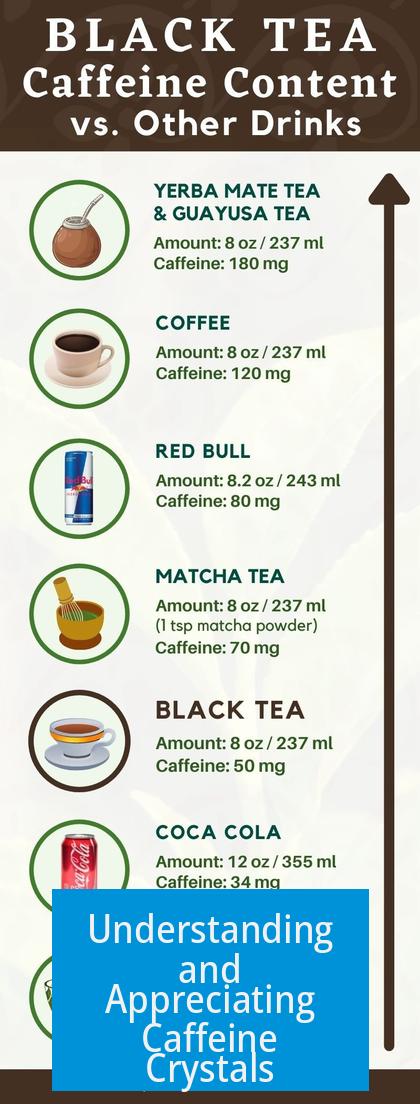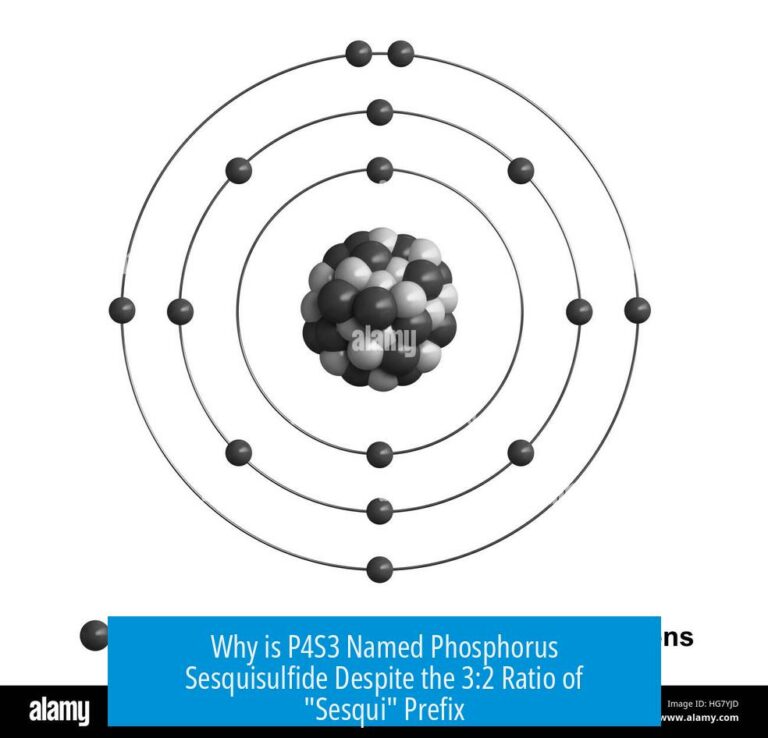Understanding and Appreciating Caffeine Crystals

Caffeine crystals commonly form needle-like shapes due to their molecular packing during crystallization. Achieving more three-dimensional crystals is possible with further purification methods such as slow evaporation or controlled cooling. These crystals tend to exhibit a spectacular aesthetic that many find appealing in laboratory or educational settings.
Crystal Morphology and Purification
- Needle-like structure arises from caffeine’s crystal lattice arrangement.
- Refining crystallization techniques can promote growth of blockier, more three-dimensional crystals.
- Purification through recrystallization enhances crystal integrity and appearance.
Analytical Characterization: NMR and IR Spectra
The quality of spectral data, including H NMR and IR spectra, is critical for confirming caffeine’s purity and structure. Clear annotation and explanation of these spectra provide educational value and assist in understanding molecular details.
- Well-annotated H NMR spectra illustrate proton environments within caffeine molecules.
- IR spectra complement NMR by showing functional groups and bonding details.
- Accurate spectra help validate the identity of caffeine crystals and detect impurities.
Requests for more detailed structural data, such as ORTEP diagrams, suggest interest in three-dimensional molecular visualization. Such data deepen comprehension of caffeine’s molecular geometry.
Experimental Considerations and Solvent Effects
During experimentation, solvent choices impact spectral outcomes. Using deuterated chloroform (CDCl3) may introduce water peaks if the solvent is not perfectly dry, though this is unrelated to the caffeine crystals themselves.
Proper understanding of these factors ensures accurate interpretation of analytical data.
Context and Interest in Chemistry Learning
Whether synthesized for fun or academic purpose, crafting caffeine crystals offers engaging practical chemistry experience. Demonstrating this process alongside clear spectral explanations helps learners and enthusiasts appreciate chemical purification and analysis.
Requests for more frequent chemistry content underscore the value of sharing experimental insights openly.
Biological Effects and Safety
Pure caffeine crystals are pharmacologically active. Ingesting measured amounts influences the central nervous system and can produce noticeable effects. Caution is necessary due to caffeine’s potency and potential toxicity at high doses.
Key Takeaways
- Caffeine crystals typically form needle-like shapes; further purification can yield varied morphologies.
- High-quality, annotated NMR and IR spectra confirm purity and structure effectively.
- Solvent purity, especially dryness of CDCl3, affects spectral data accuracy.
- The experiment serves educational and practical chemistry purposes.
- Consuming pure caffeine has measurable physiological effects; safety should be considered.
Q: Why do caffeine crystals appear needle-like, and can their shape be changed?
The crystals often grow in thin, needle-like shapes due to the molecular packing of caffeine.
Achieving more three-dimensional crystals may require further purification or altering crystallization conditions.
Q: How should I interpret the NMR and IR spectra of caffeine crystals?
They reveal details about molecular structure and purity.
Annotated spectra help even beginners understand key peaks and patterns in hydrogen environments and functional groups.
Q: Does dissolving caffeine crystals in CDCl3 affect spectral analysis?
Yes, CDCl3 can contain residual water, causing water peaks in spectra.
This water is from the solvent, not the crystals.
Q: What does pure caffeine smell like?
Pure caffeine has a sweet, mild aroma, similar to caffeine powder extracted from tea.
Q: What would happen if someone ingested pure caffeine crystals?
Consuming pure caffeine can deliver a strong stimulant effect.
The impact depends on the dose; high amounts may be harmful.
Q: Was the caffeine crystal experiment done for fun or as part of a lab?
The experiment could be either recreational or academic.
Both approaches can yield good results and insights into chemistry.





Leave a Comment